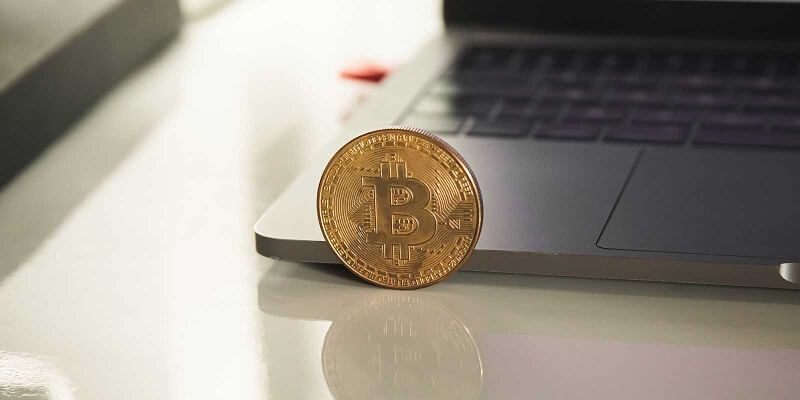Innovate the digital‑asset ecosystem. Cryptocurrency developers, platforms and financial infrastructure firms across the U.S. are pioneering new wallets, tokens, protocols and decentralized economies. Many of these initiatives meet the criteria for the federal R&D Tax Credit under IRC §41 (as well as numerous state‑level credits).


Examples of qualifying activities in cryptocurrency development
- Token Network Design & Simulation Building a new token protocol, modelling transaction behaviour, validating tokenomics under load.
- Secure Wallet & Custody Infrastructure Developing novel multi‑sig or MPC key‑management architecture, wallet‑to‑smart‑contract integration, wallet security stress tests.
- Decentralized Protocol / Consensus Innovation Experimenting with new consensus methods, layer‑2 scaling solutions, cross‑chain bridge mechanics, side‑chain interoperability.
- Smart Contract & dApp Engineering Writing, testing and iterating new smart contracts (DeFi, staking, governance) under varying network conditions.
- Cryptographic & Privacy Enhancements Implementing and trialling zero‑knowledge proofs, homomorphic encryption, privacy‑preserving token flows.
- Integration & Performance Trials Developing backend infrastructure, wallet/exchange matchmaking, transaction‑flow optimization, throughput/latency reduction experiments.
What qualifies as R&D in Cryptocurrency Development?

To qualify, your cryptocurrency‑related R&D must:
- Aim at a permitted purpose — such as a new token model, a wallet or exchange protocol upgrade, cross‑chain bridge architecture, or decentralized consensus innovation.
- Tackle technical uncertainty — for example: “Can this new token economics model support 10× transaction throughput while maintaining decentralization?”, “Will the wallet’s key‑management architecture scale securely for millions of users?”, “Can the DeFi protocol handle unpredictable transaction loads without failure or excessive latency?”
- Use a process of experimentation — pilot networks/testnets, iterations of smart contract logic, protocol stress‑testing, simulation of token economics under load, wallet UX/flow trials.
- Be technological in nature, grounded in cryptography, distributed systems, blockchain engineering, algorithm design, network protocol modelling or digital ledger infrastructure.
Qualified Research Expenses (QREs)
Roles commonly involved in qualifying activities
- Blockchain Protocol Engineers and Token Economists
- Wallet & Custody Security Engineers
- Smart Contract Developers and Auditors
- Network/Consensus Researchers and Simulation Engineers
- Analytics/Data Scientists modelling crypto flows
- External crypto research labs or academic partners
What does not qualify
- Routine token launch without underlying experimentation
- Using standard wallet or exchange templates without meaningful technical uncertainty
- General marketing, community building, customer‑support tasks
- Infrastructure/land purchases not tied to documented R&D experimentation
Compliance and Documentation
Following the One Big Beautiful Bill Act (OBBBA) signed July 4, 2025, §174 now allows immediate expensing of domestic research expenses for tax years beginning on or after January 1, 2025. Taxpayers may also elect optional amortization under new §174A. Foreign research expenses must still be amortized over 15 years. This is separate from the §41 credit but impacts overall tax planning.
Maintain robust documentation:
- Project briefs/hypotheses (e.g., “Can the new cross‑chain bridge support 5k TPS with <50ms latency under adversarial testing?”)
- Testnet logs, simulation results, iteration/version history, failure logs and redesigns
- Time tracking of personnel by project and research vs non‑research allocation
- Resource usage documentation (nodes, compute hours), wallet key‑management trial logs, smart‑contract test logs This supports the four‑part test (permitted purpose, uncertainty, experimentation, technological) for R&D under §41.
Frequently Asked Questions


Yes, if they engage in bona‑fide research involving innovation, experimentation and technological development in tokens, wallets, protocols or infrastructure.


Employee wages for engineers/analysts in experiment projects, supplies (hardware, wallet nodes etc.), cloud compute and third‑party contract research fees (subject to limits).


Projects such as new token/protocol design, wallet upgrade with novel key‑management, cross‑chain bridge architecture, network performance optimisation.


Routine wallet deployment, standard token issuance without innovation, marketing/promotional efforts, and purely operational maintenance.


Savings vary based on size and scope. Companies with meaningful experimentation and good documentation have recouped significant credits (federal + state) representing a meaningful portion of qualified expense base.


Maintain clear project charters defining the technical problem or uncertainty, logs of development and testing, compute/hardware usage records, time allocation by research vs non‑research roles, contract research agreements, and summary of results/outcomes. This supports audit defence and compliance with §41 standards.
Next Steps
Use our calculator to estimate your potential federal and state benefits
Schedule a consultation to structure your row crop research activities
If you are innovating in agriculture, you may already be doing R&D. Let's make sure you are rewarded for it.
Contact Strike Tax Advisory
Ready to maximize your R&D tax credits? Get in touch with our team of experts.






